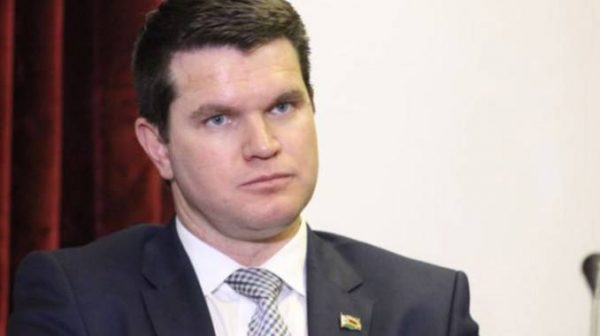‘Zim must give larger blocks for oil and gas’

Australia Stock Exchange (ASX) listed oil and gas exploration firm, Invictus Energy, says Zimbabwe needs to increase size of ground allocated to investors for hydrocarbons exploration to increase chances of a discovery.
The company has made significant strides on its ongoing exploration programme in the Cahora Basin where it is now undertaking a seismic campaign ahead of test well drilling provisionally set for October this year.
Invictus Energy has already done extensive processing and reinterpretation of a data set gathered by French oil giant Mobil in the early 1990s, which has shown encouraging potential for oil and gas deposits.
Scott MacMillan, Invictus Energy managing director, said Zimbabwe had about 80 000 square kilometres of ground situated in the sedimentary basin of Cahora Bassa, encompassing the Muzarabani prospect.
The ASX listed company is licensed to explore 100 000 hectares on the Cahora Bassa basin in Zimbabwe, but contends that the country must allocate bigger blocks for such virgin land, as in Zimbabwe’s.
Mines and Mining Development Deputy Minister Polite Kambamura told a Chamber of Mines of Zimbabwe (CoMZ) conference last week that any investor who need more exploration ground should formally apply.
“The current 100 000 hectares limits that were installed were designed for coal exploration and not oil and gas, as no one at the time thought there would be oil and gas exploration in Zimbabwe again,” MacMillan said.
Parcelling out bigger blocks, MacMillan said, allows a potential investor to conduct remote sensing on a regional scale and then narrow down to smaller high potential areas for seismic campaign and actual drilling.
MacMillan said the data gathered through techniques such as gravity and aeromagnetic surveys give an idea of what lies beneath while the data is eventually handed over to the Government.
This gives a head start, when ground held by earlier explorers is available to new potential exploration investors, who pick it up and select areas bequeathed by the forerunner for fresh exploration.
MacMillan said the Government can parcel out larger blocks for exploration, and set out a time bound work programme that compels any investor to relinquish unwanted ground after a period of 2 years to 5 years.
The work programme may be based on the amount of activity or financial investment, which forces exploration companies to focus on achieving a positive outcome or relinquish the ground.
“This forces the company to spend and explore properly, they can go and spend money and after exploration, they drop 50 percent of the ground . . . that forces the company to spend money on exploration programmes,” he said.
In the event of a successful discovery, the Invictus Energy boss said once a successful discovery is made, the whole basin will be de-risked, which increases investment in the area.
In that situation, the Government has the flexibility to switch to allocating large or smaller blocks for hydro-carbons exploration activities, as at this point the interest and competition among investors will be intense.
He said the issue was not so much about a specific size of block, but allocating hydrocarbon exploration blocks that are competitive, a standard practice in the region and beyond.
MacMillan said closer home, Mozambique gives bigger blocks of about 20 000 square kilometres, which is nearly 200 times bigger than Invictus current block of 100 000 hectares in the Muzarabani area.
“If you look at Mozambique, it has had major successes and has some already producing projects. Mozambique gives blocks for as much as 20 000 square kilometres, which is 200 times bigger than what we are exploring,” he said.
Botswana gives investors larger blocks of up to 8 000 square kilometres for the capital intensive hydrocarbons exploration programme while Zambia allows up to 15 000 square kilometres for the same purpose.
This allows a company to meaningfully explore, narrow down to high potential areas and to test drill wells. If an investor succeeds, the basin is de-risked while the approach gives investors access to better sites.


